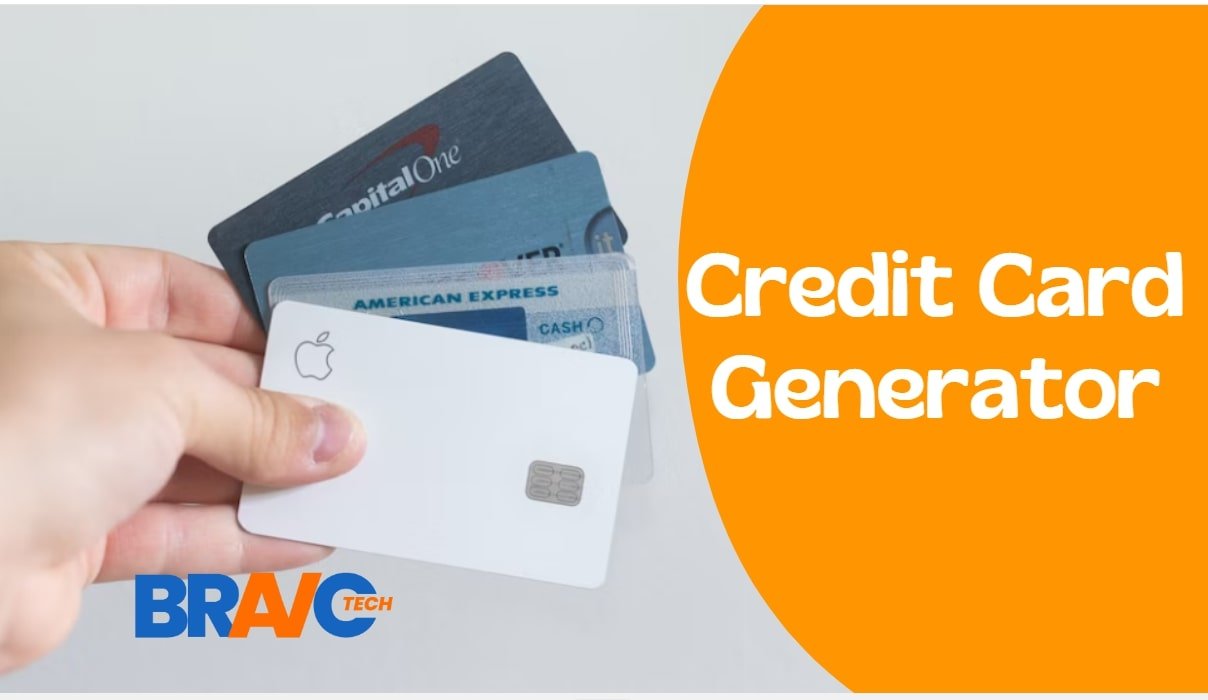How to Create a Hybrid-Friendly Conference Room

The integration of hybrid work models is revolutionizing the way businesses collaborate within various departments. In this way, businesses can collaborate between in-person and online participants or remote participants. One crucial aspect of this evolution is creating conference rooms that seamlessly accommodate both physical and virtual attendees. Crafting a hybrid-friendly conference room involves combining technology and thoughtful considerations to facilitate effective communication and engagement for all participants.
In this article, we will tell you about hybrid-friendly conference rooms and how they can be created.
What is a Hybrid-Friendly Conference Room?
A hybrid-friendly conference room facilitates seamless collaboration between in-person and remote participants during meetings. It is equipped with technology and design elements for this purpose. Moreover, it is specifically designed to accommodate the needs of physical attendees present in the room and those joining remotely.

Tactics to Create a Hybrid-Friendly Conference Room
Businesses that want to provide a seamless collaboration experience to their attendees need to create a hybrid-friendly conference room. In this section, we have divided the process of creating a hybrid-friendly conference room into four steps. You will get further information below.
- Technology Integration
- Room Design and Layout
- Accessibility and Inclusivity
- Best Practices for Hybrid Meetings
1- Technology Integration
As you know, integrating technology is one of the most important tasks for businesses to conduct a conference or meeting. Here, you will get to know some effective strategies to integrate technology in building such an environment:
- Video Conferencing Tools
- Interactive Displays
- Unified Communication Platforms
Video Conferencing Tools
You need to invest in splendid video conferencing devices, concurrently with cameras, microphones, and speakers, to ensure clean and immersive conversation. Moreover, you must optimize for answers that provide a panoramic view and allow speakers to identify themselves quickly.
Interactive Displays
It is also essential for you to utilize interactive displays or digital whiteboards that enable real-time collaboration. This approach will allow both in-room and remote participants to contribute, share content, and annotate seamlessly and effortlessly.
Unified Communication Platforms
Implement unified communication platforms that support various communication channels like voice, video, messaging, and file sharing. Further, it will ensures inclusivity for all attendees regardless of their location and offer them a seamless collaborative experience.
2- Room Design and Layout
The second step is to design your conference location for gatherings and meetings with compelling layouts. It includes seating arrangements and more, that you will get in this step.
- Flexible Seating Arrangements
- Enhanced Audio-Visual Experience
- Dedicated Collaboration Zones
Flexible Seating Arrangements
It is essential for you to design the conference room layout with flexibility in mind to provide your attendees with comfort. You should incorporate movable furniture that can be easily rearranged to accommodate, small team discussions to larger presentations.
Enhanced Audio-Visual Experience
You must ensure adequate lighting and acoustics to create an optimal environment for video conferencing and appealing for attendees. Furthermore, you should use acoustic treatments and proper lighting fixtures to enhance visibility and audio quality for remote participants. This will help you to increase the focus of your conference attendees for better communication and collaboration.
Dedicated Collaboration Zones
Further, set up dedicated spaces within the room for collaborative work, equipped with tools like writable walls or additional displays. This will facilitate brainstorming sessions and idea sharing for attendees. It will assist you in making your attendees more involved and valuable.
3- Accessibility and Inclusivity
The accessibility and inclusivity are two of the essential aspects of a hybrid-friendly conference rooms. In this section, you will learn about the accessibility and inclusity features of conferences rooms.
- Accessibility Features
- Clear Communication Protocols
- Test and Training
Accessibility Features

Consider accessibility requirements by incorporating features like adjustable desks, wheelchair-friendly access, and tools for individuals with hearing or visual impairments. It will make sure that everyone will get inclusivity to share their thoughts on existing topics.
Clear Communication Protocols
It is essential for businesses to establish clear communication protocols and etiquette for hybrid meetings. This process includes guidelines for turn-taking, muting, and facilitating discussions to ensure a smooth interaction flow. In this way, businesses will be able to handle their ongoing conferences.
Test and Training
You need to conduct regular testing of the conference room technology and provide training sessions for users. The purpose of their training sessions is to make them familiarize with the equipment and software. Further, it reduces the technical hiccups during meetings and group discussions.
4- Best Practices for Hybrid Meetings
Every strategy needs concentration while implementing them as does hybrid meetings. Here, you will get to know some of the best tactics for hybrid meetings:
- Engage Both Audiences Equally
- Optimize Engagement Tools
- Post-Meeting Follow-Up
Engage Both Audiences Equally
It is essential for businesses to motivate active participation from both in-person and remote attendees by using inclusive language. It will address remote participants directly, and provide opportunities for everyone to contribute. This will make them able to feel their active participants to contribute in meetings.
Optimize Engagement Tools
You should leverage engagement tools such as live polls, breakout sessions, and Q&A sessions to encourage interaction. Furthermore, these tools can be used to create involvement from all meeting participants to make them feel valuable.
Post-Meeting Follow-Up
It is also important to record meetings and share summaries, key points, or action items with all participants. In doing so, businesses can ensure that both in-person and remote attendees have access to relevant information and outcomes. This is the way, businesses and meeting attendees will have the capability to contribute within the topics. It will ensure that businesses get the solutions for the relative challenging they are looking for.
Final Verdict
Creating a hybrid-friendly conference room involves a combination of technological infrastructure, thoughtful design elements, and inclusive practices. By embracing these principles, organizations foster a collaborative and inclusive environment that bridges the gap between in-person and remote participants. Ultimately, this approach will enhance productivity and innovation in the modern workplace to make them capable of thriving in the industry. However, businesses can get solutions for relative problems that they are looking for.






